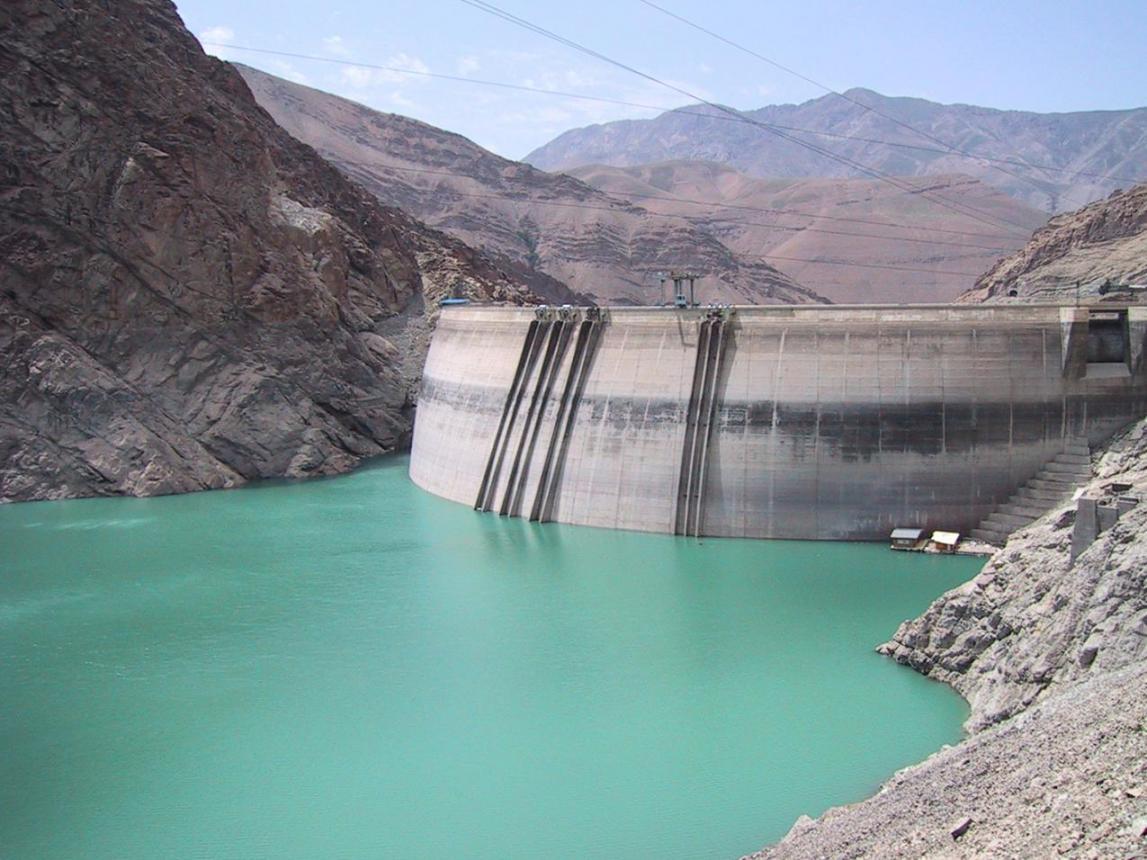Iran's High Water Council has voted to review regulations pertaining to the operation and construction of dams, IRNA reported, quoting the head of the Department of Environment (DoE), Masoumeh Ebtekar, as saying.
The council, headed by the president or the first vice president, comprises the ministers of energy, agriculture, industries and mines, as well as the directors of DoE, Management and Planning Organization, and a member of the agriculture, water, and natural resources committee at the parliament. The decisions of the council, once approved by the government, must be carried out by the respective bodies.
Speaking to IRNA, Ebtekar said, "Historically, dam construction was seen as the most effective way to store and manage water. Officials were so convinced of this, in fact, that they essentially refused to consider other options.
"The council has decided to start looking at more environmentally-friendly options. The decision entails a revision of how dams are used."
Environmentally-Friendly Constructions
Dismissing claims that the DoE is against dam construction, Ebtekar said her department supports dam construction as long as environmental regulations are followed.
"Sometimes building a dam is the only way to store and manage water in an area; we do not deny that," she reiterated.
Ebtekar, who is a vice president, praised the decision to overhaul damming regulations, and said, "Traditional views regarding the building of dams have changed, and new ways of storing and distributing water take environmental impact into consideration."
Stressing her department's staunch opposition to environmentally-harmful practices, Ebtekar said that the well-being of the environment in Iran was rarely considered in the past. "In the past 18 months, the DoE has successfully stopped numerous damming projects due to ignoring environmental regulations," she said.
One of the projects stopped by DoE was the construction of Shafaroud Dam in Rezvanshahr County, Gilan Province.
According to Saeed Motessadi, a deputy at the DoE, the construction of the dam would cause irreparable damage to the environment if allowed to continue.
"Construction of the dam could potentially destroy 300 hectares of the Caspian Hyrcanian forest ecoregion. Therefore, a committee is studying the environmental fallouts of the project as we speak," he said.
The ecoregion stretches around the southern shores of the Caspian Sea. Due to the diversity of plant and wildlife species, the ecoregion is a protected area.
Last year, the DoE received countless proposals for the construction of dams, most of which did not comply with environmental regulations, Motessadi told IRNA.


